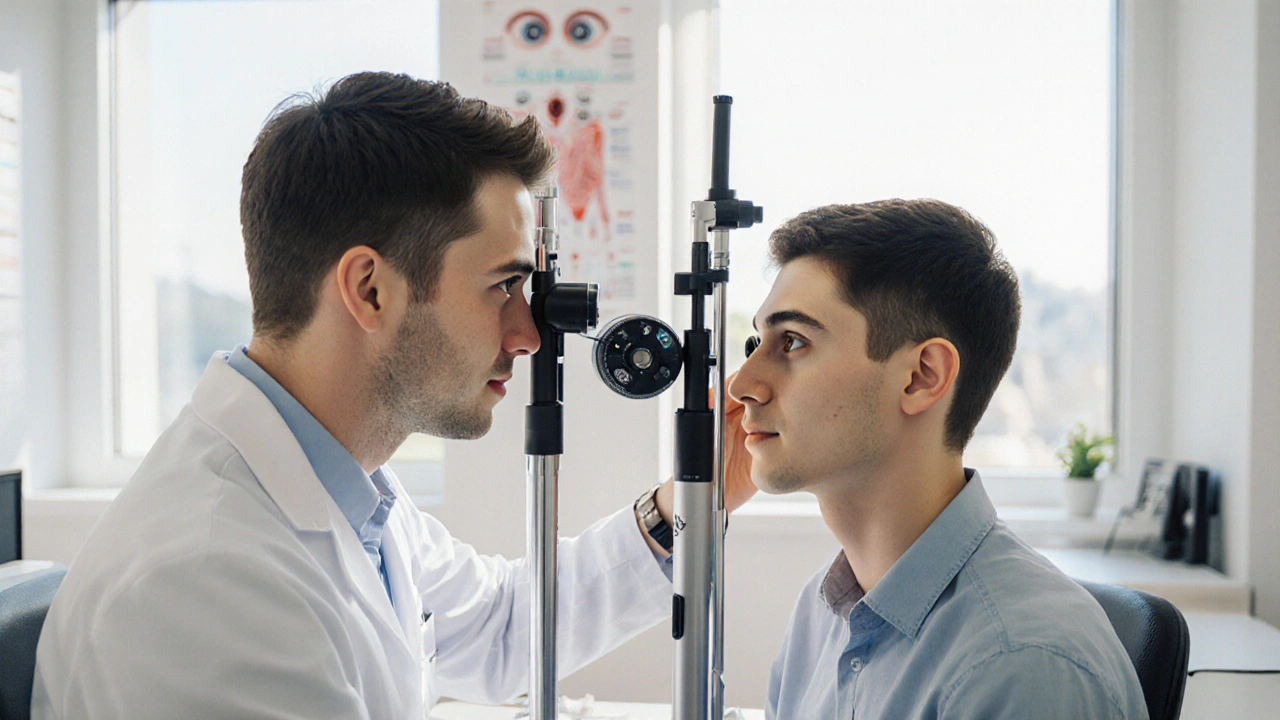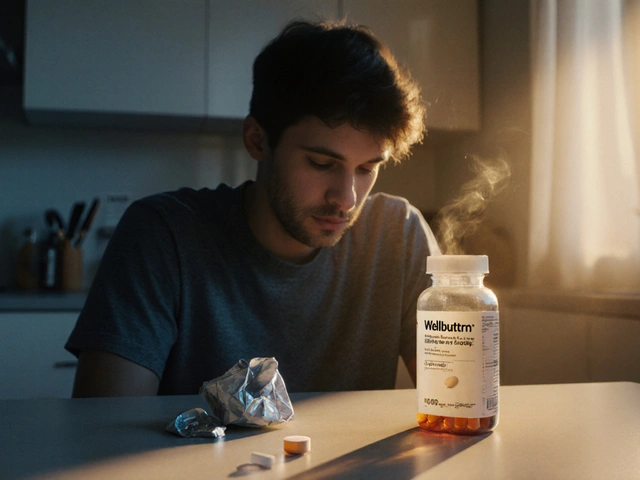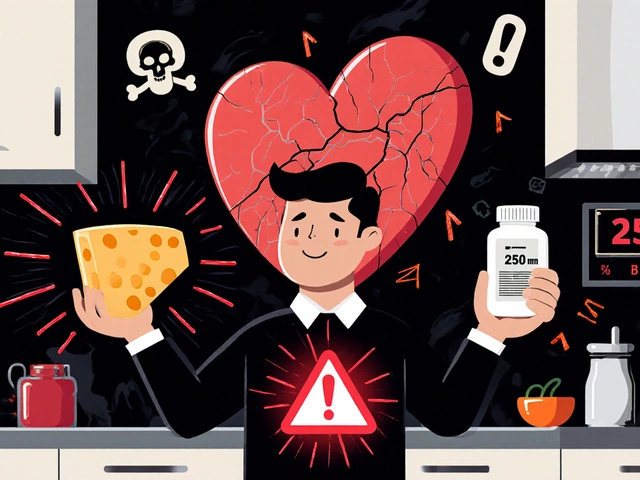Crossed Eyes (Strabismus) – Causes, Symptoms, and Treatment Options
When dealing with crossed eyes, a condition where the eyes do not line up correctly, causing the visual axes to point in different directions. Also known as strabismus, it can affect depth perception, cause double vision, and lead to other eye problems.
A frequent companion is amblyopia, often called lazy eye, which can develop when the brain favors the better‑aligned eye and neglects the other. The presence of amblyopia often determines how aggressively we need to intervene, because early correction can prevent permanent vision loss. Another key player is vision therapy, a series of supervised eye exercises designed to improve eye coordination and strengthen the ocular muscles. Vision therapy is especially useful for children whose visual system is still flexible.
How Misalignment Happens and Why It Matters
Crossed eyes encompasses a range of muscular and neurological factors. In many cases the lateral or medial rectus muscles pull the eye off‑center, creating an inward (esotropia) or outward (exotropia) drift. Sometimes nerve signals that control these muscles are out of sync, which is why a pediatric neurologist may be involved. The condition also influences binocular vision; when the eyes cannot work together, the brain may suppress input from one eye, setting the stage for amblyopia. Understanding this cause‑effect chain helps clinicians decide whether to start with glasses, eye patches, or jump straight to surgery.
Eye muscle surgery, also called strabismus surgery, a precise procedure that repositions the eye muscles to improve alignment, is often the last resort after non‑invasive options fail. The surgery has a high success rate—studies from Australian eye centers report alignment within 10 prism diopters in over 80% of cases. However, surgery alone rarely fixes amblyopia; postoperative vision therapy is usually recommended to reinforce the new alignment.
Choosing the right path depends on age, severity, and whether amblyopia is present. For infants and toddlers, prescribing corrective lenses can sometimes realign the eyes by correcting refractive errors that cause the mis‑focus. For older children and adults, a combination of prism glasses and vision therapy can reduce eye strain and improve daily tasks like reading or driving. The key is early detection—parents who notice one eye turning inside or outward should schedule an eye exam before the brain adapts to the misalignment.
Practical tips for managing crossed eyes at home include regular eye‑muscle games, such as focusing on a moving finger or tracking a bouncing ball. Simple daily habits—like limiting screen time, ensuring proper lighting, and encouraging outdoor play—help keep the visual system active. If a child is prescribed an eye patch, consistent use (typically two to six hours a day) can dramatically improve the weaker eye’s acuity within weeks.
Beyond treatment, it’s helpful to know how crossed eyes interacts with other health areas. For example, people with uncontrolled diabetes may develop ocular muscle weakness, worsening strabismus. Similarly, thyroid eye disease can cause sudden eye muscle swelling, leading to temporary misalignment. In such cases, managing the underlying systemic condition is as important as direct eye care.
Below you’ll find a curated collection of articles that dive deeper into each of these topics—how to spot crossed eyes early, the science behind amblyopia, step‑by‑step guides to vision therapy, and what to expect from eye muscle surgery. Whether you’re a parent, a patient, or a health professional, the posts ahead will give you practical insights and reliable guidance to navigate crossed eyes confidently.
Explore how myosis influences strabismus, its symptoms, diagnosis, and treatment options like vision therapy, prism glasses, and surgery. Learn practical tips for daily living.
View Details

